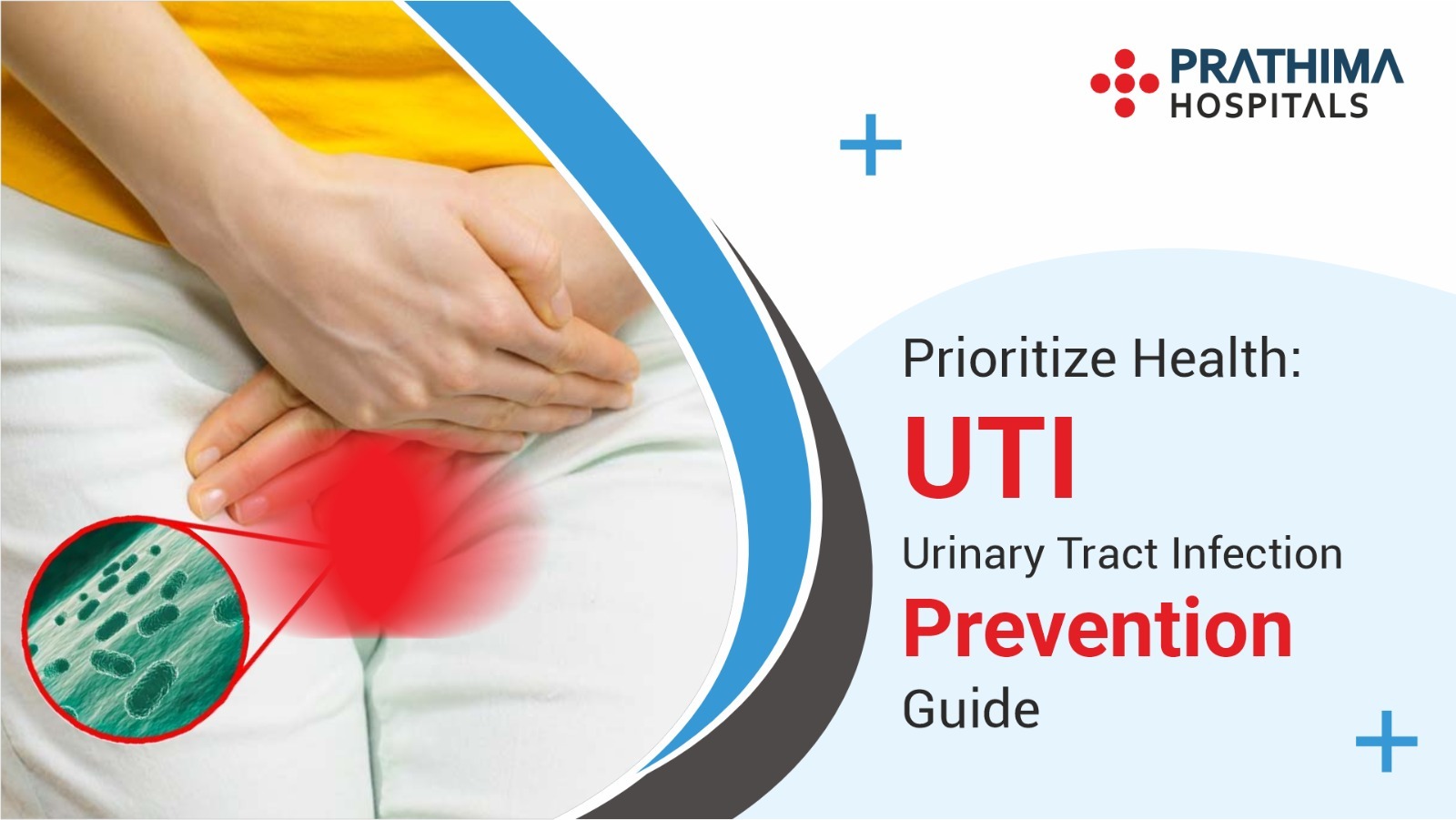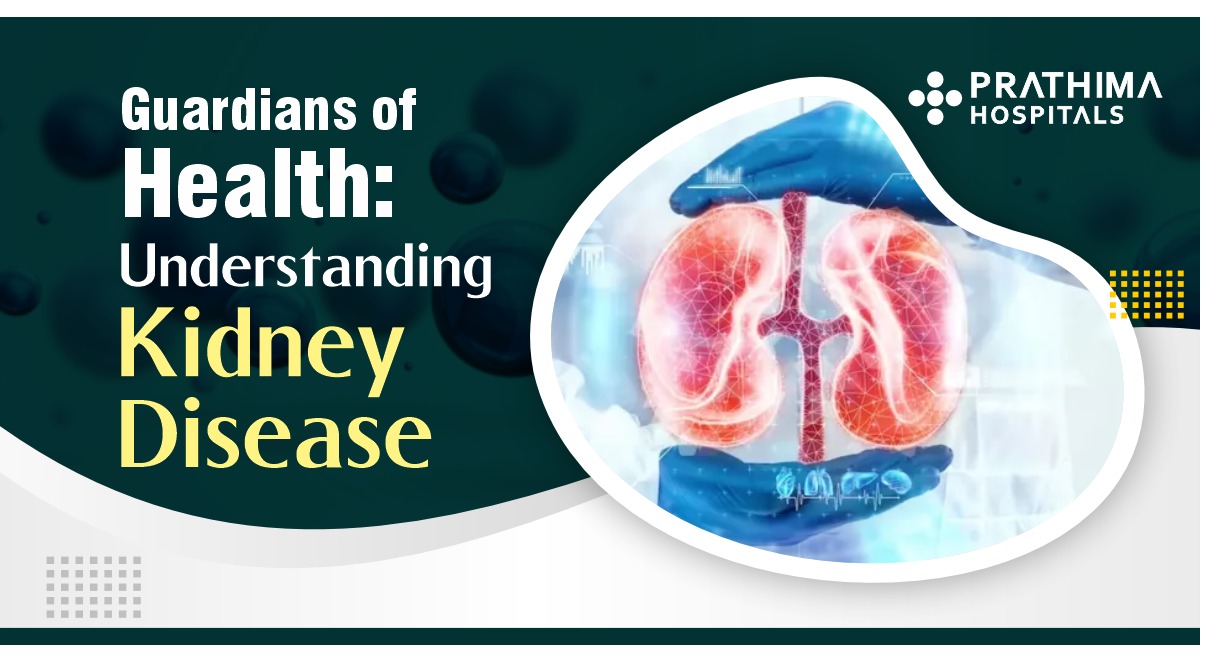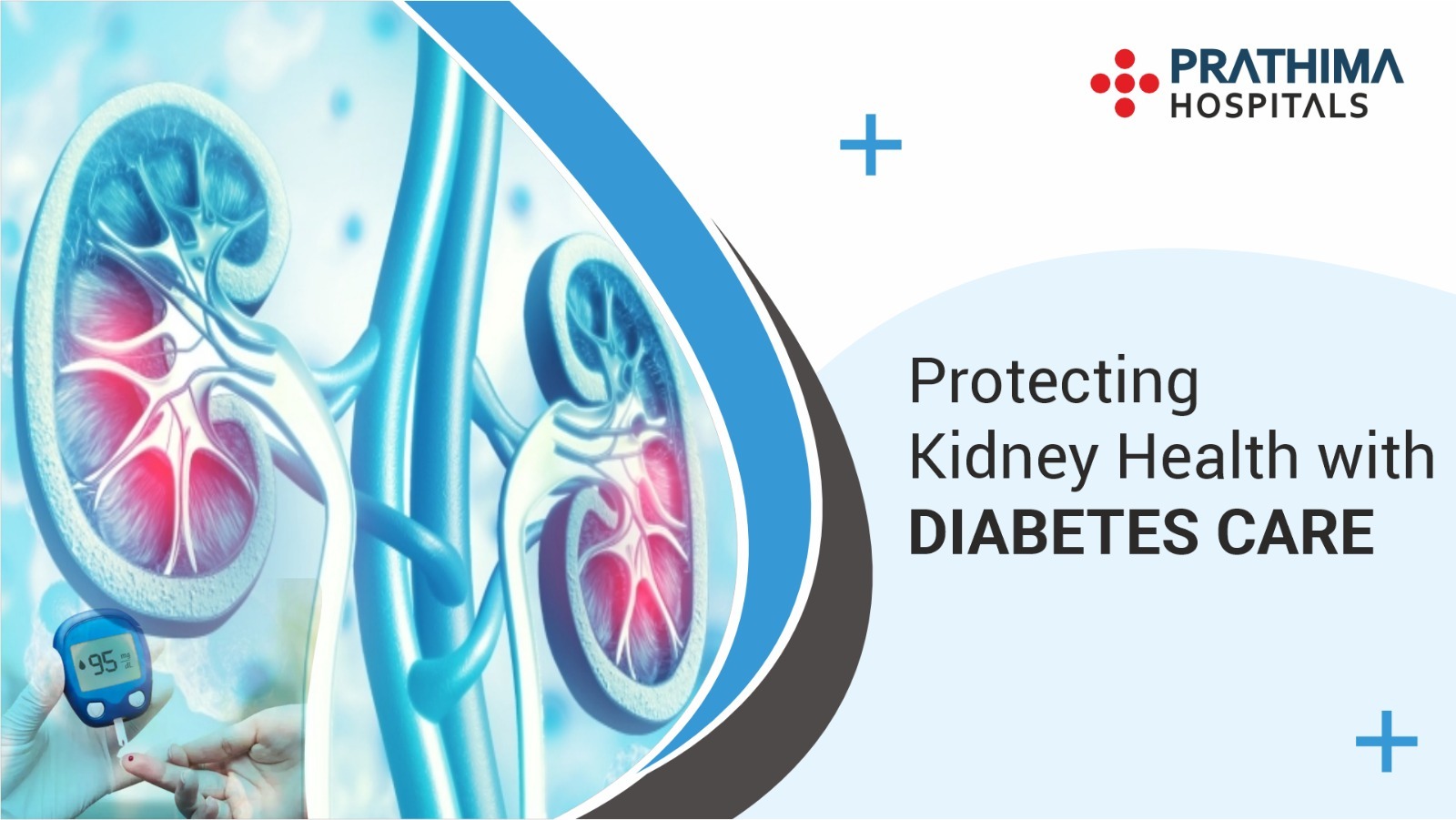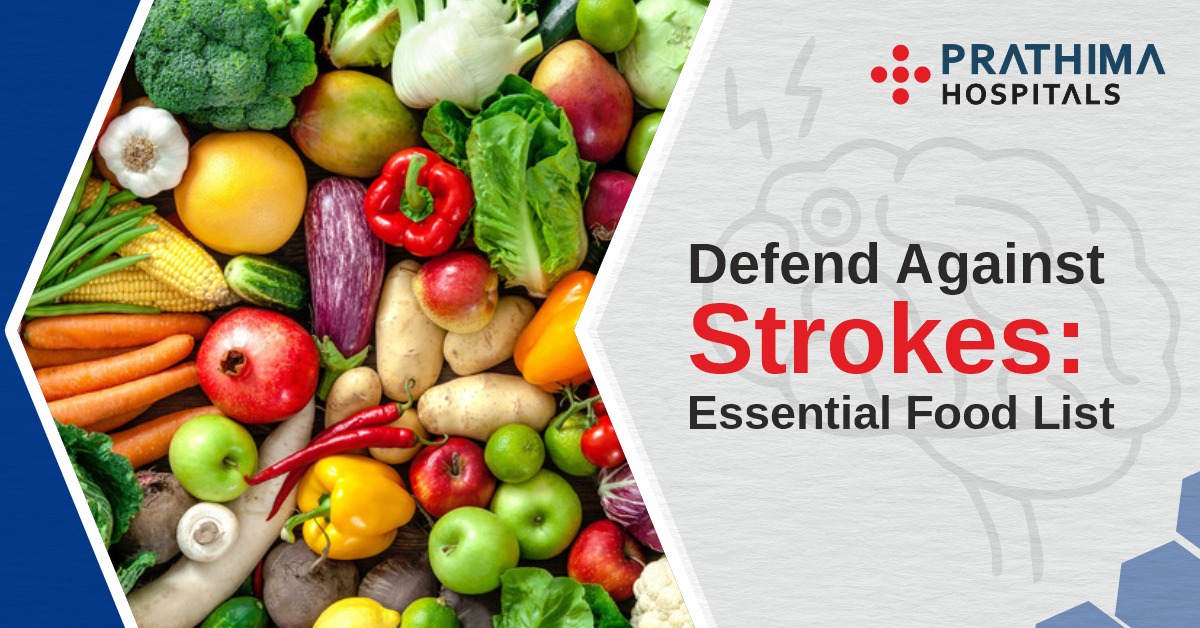Hand Washing: A Cornerstone of Public Health and Disease Prevention!
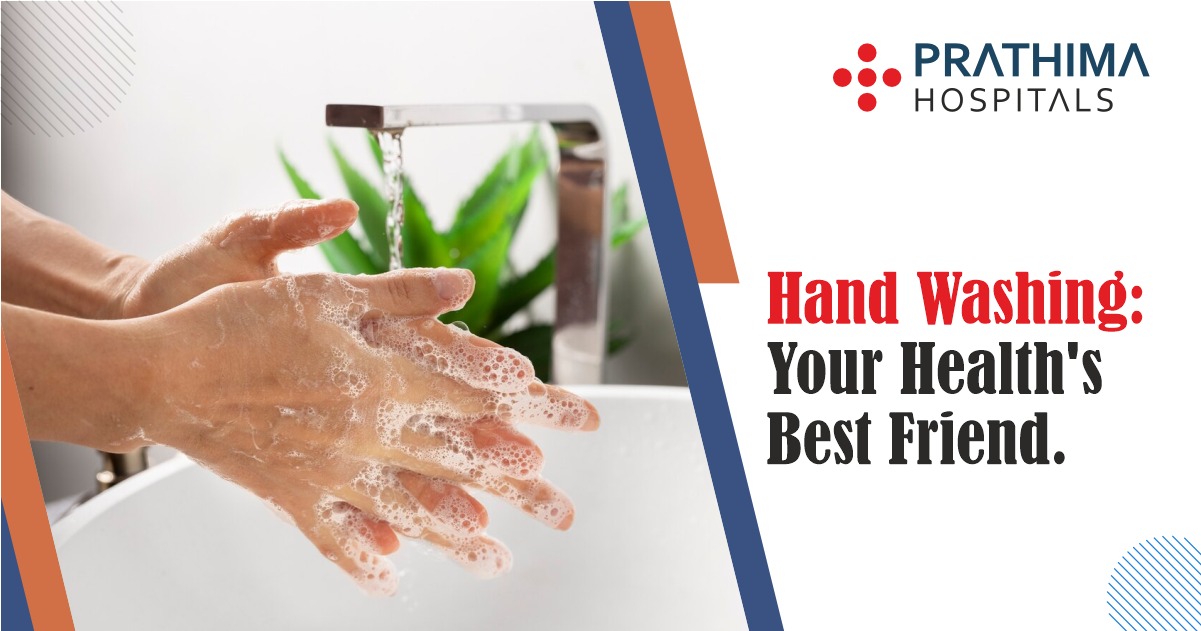
Global Hand Washing Day 2023
Introduction:
Regular hand washing is a crucial practice that has a significant impact on public health and helps prevent the spread of infectious diseases. Although it is important, it is often overlooked. A General Physician in Hyderabad stresses that it is a fundamental hygiene measure that should not be underestimated. This article will delve into the history, science, and significance of hand washing, highlighting the importance of proper techniques for maintaining public health.
Historical Perspective:
Did you know that hand washing has been recognized as an essential aspect of personal hygiene for centuries? Ancient civilizations like the Romans and Egyptians understood the importance of cleanliness and often used soap and water to wash their hands and bodies. It’s fascinating to learn that the systematic promotion of hand hygiene, as we know it today, did not gain prominence until the late 19th century when the link between contaminated hands and the transmission of diseases was established. It just goes to show how crucial proper hand-washing techniques are for maintaining public health.
It’s interesting to learn about the history of hand hygiene and how important it is for maintaining public health. Did you know that Dr. Ignac Semmelweis, a Hungarian physician in the mid-1800s, is credited with pioneering the concept of hand hygiene in a medical setting? He noticed that the mortality rate of mothers in maternity wards was significantly higher when attended to by doctors and medical students who had not washed their hands compared to those attended to by midwives. Dr Semmelweis implemented hand-washing practices with chlorine solution, resulting in a drastic reduction in mortality rates. His work laid the foundation for the modern understanding of the importance of hand hygiene in healthcare.
Scientific Rationale:
To truly appreciate the importance of hand washing, it is essential to understand the science behind it. Our hands are a breeding ground for various microorganisms, including bacteria, viruses, and fungi. These microorganisms can be picked up from surfaces, objects, and even from contact with other people. Some of these microorganisms can be harmless, while others can cause illness and infections.
One of the most common modes of transmission for infectious diseases is through hand-to-hand or hand-to-surface contact. When we touch contaminated surfaces or objects and then touch our faces, mouths, or eyes, we introduce these pathogens into our bodies. This is why clean hands are crucial in preventing the transmission of diseases.
Proper hand washing disrupts the transmission cycle by removing and killing harmful microorganisms. Soap is a crucial component in this process. Each soap molecule is hydrophilic (water attracts) and hydrophobic (water repels). When you rub soap onto your hands and create a lather, the hydrophobic ends of the soap molecules surround and trap the oils, dirt, and microorganisms on your skin. When you rinse your hands with water, the hydrophilic ends of the soap molecules bind with water, allowing them to be washed away, along with the trapped contaminants.
Essence of Hand Cleaning – Public Health:
According to the General Physician in Kukatpally, hand washing is not just a personal hygiene practice; it has far-reaching implications for public health. Its importance can be understood through the following key points:
- Disease Prevention: Hand washing is one of the most effective ways to prevent the spread of infectious diseases such as the common cold, influenza, foodborne illnesses, and more. By regularly washing our hands, we reduce the risk of transmitting pathogens to ourselves and others.
- Reducing Healthcare-Associated Infections: In healthcare settings, proper hand hygiene among healthcare workers is essential for preventing healthcare-associated infections. Patients in hospitals and clinics are often more vulnerable to infections, and healthcare workers’ hand washing plays a critical role in their protection.
- Controlling Pandemics: During pandemics, such as the COVID-19 pandemic that shook the world in recent years, hand washing emerged as a frontline defence measure. Consistent hand washing, along with other preventive measures like wearing masks and maintaining physical distance, played a vital role in slowing the spread of the virus.
- Food Safety: Hand washing is essential in food preparation and handling. Contaminated hands can introduce harmful bacteria and viruses into food, leading to foodborne illnesses. Proper hand washing by food handlers is a critical component of food safety protocols.
- Child Health: Children are particularly susceptible to infections due to their still-developing immune systems. Teaching children good hand hygiene habits from an early age can help reduce the incidence of illnesses and promote overall well-being.
- Long-term Health Benefits: Regular hand washing not only prevents acute infections but also contributes to long-term health by reducing the risk of chronic diseases. By minimizing exposure to infectious agents, we can potentially reduce the overall burden on our immune systems.
The Importance of Proper Hand-Washing Techniques:
While the act of hand washing is crucial, it is equally important to employ proper techniques to maximize its effectiveness. Here are the key steps for proper hand washing:
- Wet your hands with clean, running water. It can be warm or cold; the temperature does not significantly affect the effectiveness of hand washing.
- Apply soap and lather your hands thoroughly. Ensure that all surfaces are covered, including the backs of your hands.
- Wash your hands for at least half a minute or a minimum of 20 seconds.
- Apply clean, running water to your hands. The flowing water helps wash away the loosened dirt and microorganisms.
- Apply a clean towel or air dryer to your hands to dry them. Avoid touching potentially contaminated surfaces after washing your hands.
- According to the General Physician in Kachiguda,if soap and water are not available, you can use hand sanitiser with at least 60% alcohol. Apply enough sanitiser to cover all hand surfaces, and rub your hands together until they feel dry.
Common Hand-Washing Mistakes:
To maximize the effectiveness of hand washing, it’s essential to avoid common mistakes that can compromise hygiene:
- Insufficient Duration: One of the most common mistakes is not washing your hands for an adequate amount of time. Practical hand cleaning should take at least 20 secs. This is because it takes time to thoroughly scrub and remove dirt, oils, and microorganisms from your hands. To make this easier, you can sing the “Happy Birthday” song (or any other 20-second song) to yourself while washing your hands.
- Skipping Key Areas: Another mistake is neglecting certain areas of your hands. You can’t just rub your hands together. Make sure to wash all parts of your hands, including the fronts and backs of your hands, between your fingers, and under your nails. These are common hiding spots for germs.
- Using Cold Water: While it’s not necessary to use scalding hot water, using very cold water may not be as effective. Warm water is generally more comfortable and helps to dissolve oils and dirt more effectively. However, the key factor in effective hand washing is the mechanical action and the use of soap, not the water temperature.
- Not Rinsing Thoroughly:- After scrubbing your hands with soap, it’s essential to rinse them thoroughly with clean, running water. Inadequate rinsing can leave behind soap residue and contaminants on your skin.
- Skipping Drying: Drying your hands is an important step after washing. Wet hands can easily pick up germs from surfaces and the environment. The most useful way to dry your hands is with an air dryer or a clean towel. Avoid using a towel that may be dirty or has been used by multiple people, as this can reintroduce germs to your hands.
- Using a Dirty Towel: If you’re using a hand towel to dry your hands, it’s essential to ensure that the towel itself is clean. Towels can become breeding grounds for bacteria and other microorganisms if not regularly washed and replaced.
- Not Using Soap: Some individuals may skip using soap altogether or use it sparingly. Soap is a crucial part of hand washing because it helps break down and lift away oils, dirt, and microorganisms from your skin. It’s essential to use an adequate amount of soap for effective cleaning.
- Ignoring Nail Hygiene: Germs can easily accumulate under your nails. If you don’t clean under your nails during hand washing, you may be leaving behind potential reservoirs of pathogens. Use a nail brush or your fingernails from your opposite hand to clean under your nails gently.
- Rinsing Hands in Standing Water: As per the General Physician in KPHB, rinsing your hands in a basin or stagnant water can reintroduce contaminants to your hands. Always use clean, running water for rinsing.
- Not Using Hand Sanitizer Properly: Hand sanitiser can be an effective alternative when soap and water are not available. However, it should contain at least 60% alcohol, and you should use enough to cover all hand surfaces. Rub your hands together until they are dry, as this ensures that the sanitiser has had enough time to kill the pathogens.
- Touching Surfaces After Washing: After washing your hands, try to avoid touching potentially contaminated surfaces, such as restroom door handles or faucet handles, with your clean hands. Use a paper towel or tissue to open doors or turn off faucets if possible.
- Neglecting Hand Hygiene Before and After Certain Activities: Hand washing should be a routine part of your day. Make sure to wash your hands before eating, after using the restroom, after touching common surfaces in public places, and after coughing or sneezing. Consistency is key to effective hand hygiene.
Promoting Hand Washing:
Promoting proper hand washing is essential to ensure that individuals develop and maintain this crucial habit. we cab achieve it by:
- Education: Public health campaigns, educational programs, and awareness initiatives can inform people about the importance of hand washing and teach proper techniques.
- Role Models: Healthcare professionals, teachers, and parents can serve as role models by consistently practising and promoting hand hygiene.
- Access to Facilities: Ensuring access to clean and safe water sources and soap in public places, schools, and healthcare facilities is vital for encouraging hand washing.
- Behavioral Nudges: Creative messaging and reminders in public restrooms and other locations can encourage individuals to wash their hands properly.
- Incorporating Hand Washing into Daily Routines: Encouraging the integration of hand washing into daily routines, such as before meals, after using the restroom, or upon returning home, can reinforce the habit.
Conclusion:
Hand washing is a simple yet potent practice that significantly contributes to public health. Its historical significance and the scientific rationale behind it demonstrate that it is not just a routine task but a vital component of disease prevention and control. Proper hand-washing techniques are easy to learn and implement, making them accessible to people of all ages and backgrounds. By understanding the importance of hand washing and consistently practising good hand hygiene, we can collectively reduce the transmission of infectious diseases, improve overall health, and build a safer, healthier world for ourselves and future generations.
.
.
.
.
.
For More Details:
📞:: 733 733 6600 | 040 4345 4345
🌐:: https://prathimahospitals.com/book-appointment/

